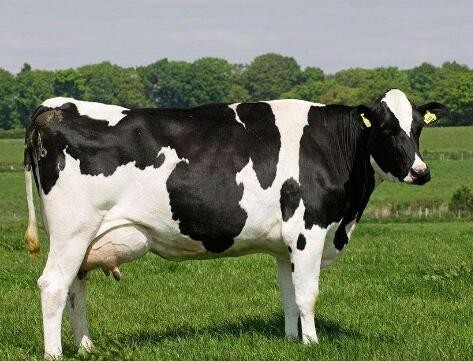
News briefing:

News briefing:
Beef cattle breeding communities are usually set aside by local townships and villages. Individuals invest in the construction of cattle farms, raise them in separate households, and collectively invest in the establishment of veterinary rooms or service stations. This not only facilitates epidemic prevention, but also prevents environmental pollution, improves the level of breeding management and product quality.
Although the forms of beef cattle breeding communities vary from place to place, the following principles should be followed:
1. Selection of the site of the community: The site selection of the beef cattle breeding community should follow the principle of selecting sites for large-scale fattening cattle farms. If the conditions are not met, the local conditions can also be adjusted to make full use of the local free space, but the transportation must be convenient to facilitate the in and out of feed and cattle.
2. The form of the community: Beef cattle breeding community mainly has three forms: self-breeding and self-raising, shelf cattle fattening, self-breeding and self-raising and shelf cattle fattening combined. Self-propagation and self-raising can make full use of roughage and reduce feeding costs, but the feeding cycle is long and capital turnover is slow, so it is suitable for areas with poor economic conditions. Shelf cattle fattening investment is relatively large, the demand for concentrated feed is large, and the feeding cost is high, but the feeding cycle is short, the capital turnover is fast, and the economic benefits are high. The combination of self-reproduction and self-raising and fattening of shelf cattle can make full use of the advantages of the above two, but the feeding and management are complicated.
3. The layout and design of the community: The layout and design requirements of the beef cattle breeding community are similar to those of large-scale cattle farms. It should also include disinfection tanks, veterinary rooms, production cow houses, isolated cow houses, feed rooms, silos, ammoniated tanks, Manure storage yard, manure treatment facility, cattle loading platform and other facilities, but the division of living area and production area is not obvious. Cow houses are generally single-row, with 6-12 rooms in each building, owned by 1-2 households, 1- Two are feed rooms and dormitories, and the rest are cow houses. Each barn has 3-5 heads, and the division of basic barn, calving barn, calf breeding barn, growing barn and finishing barn is not obvious. The silage pond and the ammoniating pond are constructed by raising funds according to the scale of raising by the cattle farmers. Generally, the two ponds are combined into one, which can save investment and increase the utilization rate of equipment. Silos and ammoniating ponds are generally located on both sides of the cow house for easy feeding.
Fourth, the building of the cattle house in the community: The building of the cattle house in the beef cattle breeding community is also similar to that of a large-scale cattle farm, but the requirements are lower, and local materials can be fully utilized to reduce construction costs. In areas with warm climates, simple sheds can be built, which can save a lot of investment; in areas with hot summers and colder winters, a firmer open or semi-open shed should be built. Such a shed in summer It can ensure good ventilation. In winter, the cowshed is enclosed with plastic cloth and straw mats to facilitate heat preservation.
Date of opening:1970-01-01 Shop address: Main products: Store certification time:1970-01-01 08:00:00
Store Name: Principal: Contact number: email: